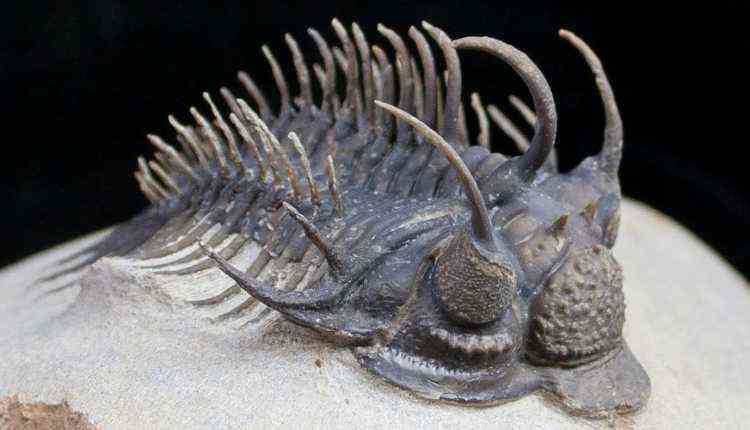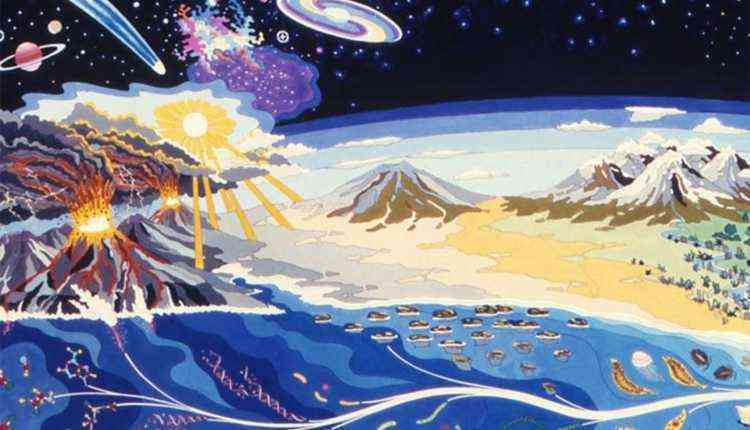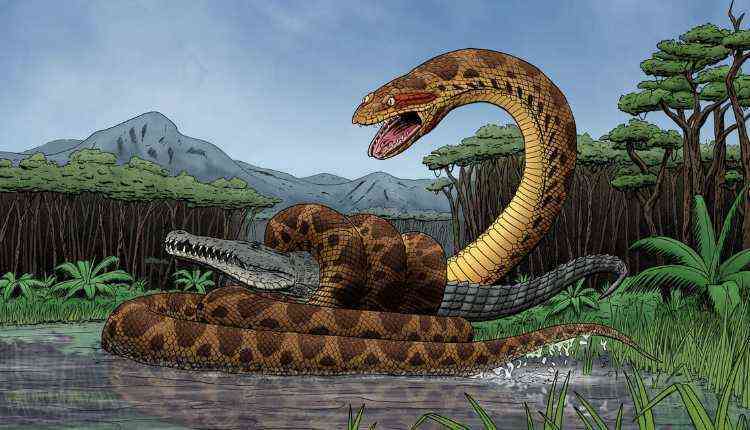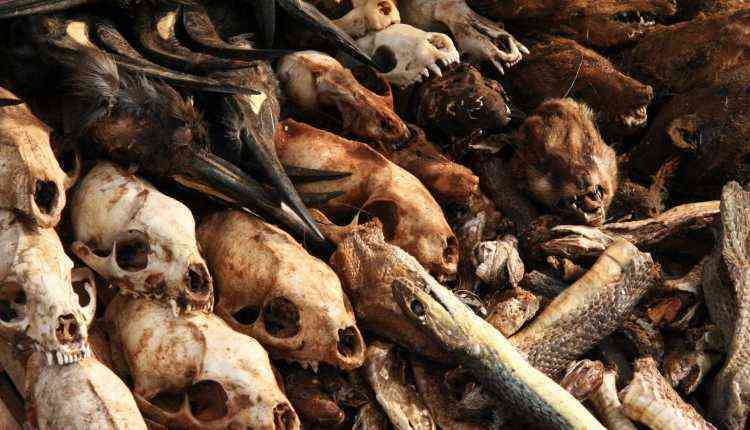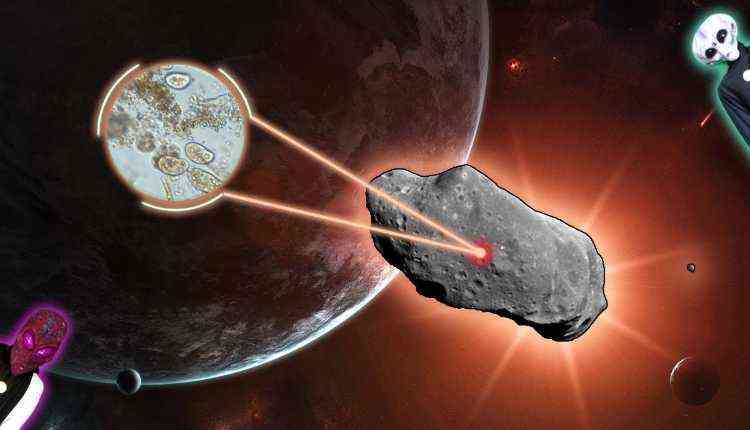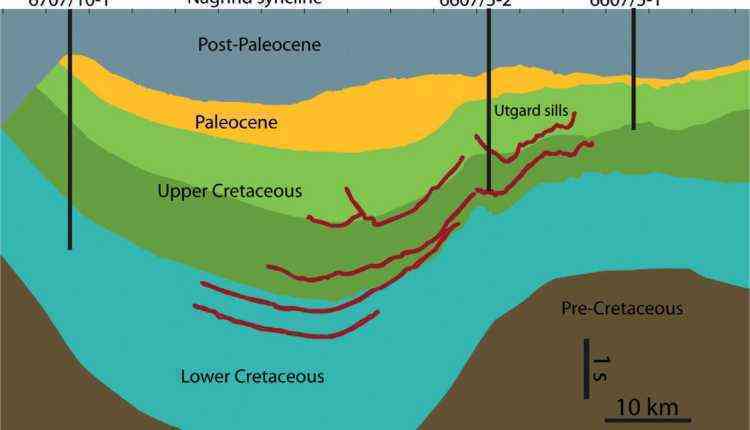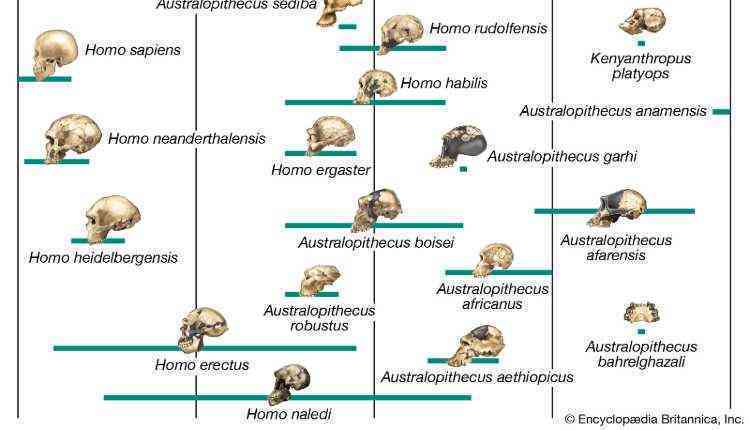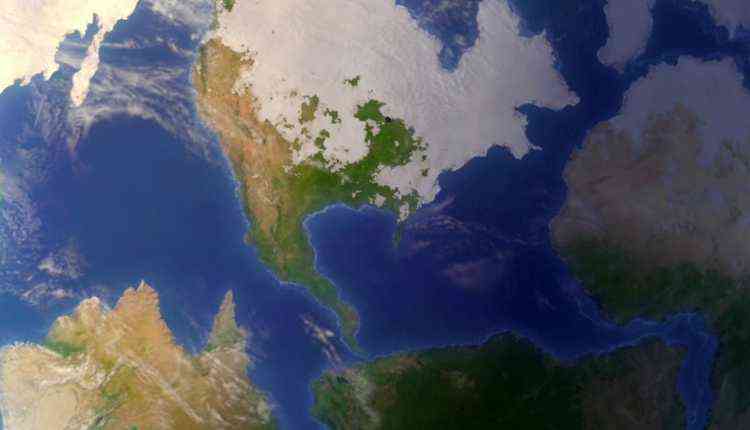The 13 interesting facts about Evolution on Earth are:
1. Trilobites
Trilobites are easily classified as the most successful organism on the planet’s history. Even if they do not exist now, most evolutionists with put their foot down and argue in favor of these creatures. They did, after all, exist on the planet earth for three hundred million years. They went extinct during the mass extinction of Permian and Triassic. It is also referred to as the great dying. These are the ancestors of the arthropod, and most of the adaptations found in trilobites are still seen in arthropods. They were found to be exclusively marine from shallow to deep water. And what is impressive is that they were found everywhere in the world! They provide proof for the continental drift theory because they imply the closure of the Iapetus ocean. These are the state fossils of Ohio, Wisconsin, and Pennsylvania. There are plenty of minerals for these creatures. All credit goes to their easy to fossilize exoskeleton. These creatures first appeared in the early Cambrian period and flourished through Paleozoic. During the Devonian period, all the trilobites met their end. Except for the protides. And as we know it now, after the great dying, none were left behind.
You may also be interested in knowing about the 20 Facts About India’s Mission Moon: Chandrayaan-2.
2. The Great Dying
The Great Dying refers to a mass extinction of Permian and Triassic Extinction. It is known as the most severe case of extinction as about ninety-six percent of aquatic species, and seventy percent of terrestrial species went extinct. Because so much of biodiversity was lost, Earth took a whole bunch of time to recover. According to a precise estimate, it took 10 million years and the marine ecosystem. It took 2 million years. The effect of the extinction varied from place to place and proved to be less severe in some areas as compared to others. The cause for this extinction might lie in a volcanic eruption, meteor impact, and climate change. Eurypterids, Trilobites, Acanothodians, Blastoids, etc. were among the marine organisms to be declared extinct. Those who survived seemed to have active control over circulation, elaborate respiratory exchange mechanism, and light calcification.
3. Why are old fossils difficult to interpret?
Old fossils are difficult. Ask any paleontologist, and they will agree with this fact. Maybe not impossible, but still a hard task. But why? Well, to begin with, they are difficult to find. They might be buried too deep and hence, for now, out of our reach. Even if we do end up recovering them, dating them is often a chore. Most often, the productive fossil beds are researched more. This leaves certain periods untouched and not researched. There are also tendencies where these fossils do not get deposited properly. Say, due to some disastrous event. Marine fossils are better preserved than the land fossils.
4. The great oxidation event
The Great Oxidation event is credited as being the first extinction ever to take place. It is also known as oxygen catastrophe, oxygen holocaust, oxygen crisis, and oxygen revolution. So, it has something to do with oxygen. But what? Earth’s atmosphere and water began to experience a rise in oxygen about 2.4 billion years ago during the Paleoproterozoic era. This extinction is characterized by an accumulation of molecular oxygen in the atmosphere. Thus, changing the atmosphere from reducing type to oxidizing type, as we know it today. Before this, most organisms were unlike us. They did not use oxygen for respiration. And as anyone would guess, they went extinct. Probable causes for these are increased oxygen sources or a decrease in the sink. According to the latter, on the primitive earth, methane photolysis would occur. It is a process through which hydrogen would escape into space after methane decomposed under the action of UV rays. This probably oxidized earth since the loss of hydrogen is (one of the) definition of oxidation. But there is also the hypothesis which suggests that oxygen level increased every time land masses collided to form a supercontinent. According to yet another hypothesis, modern methanogens require nickel as a cofactor. It assumes that the same would be the case for primitive ones. And as the earth’s crust cooled, the supply of nickel began to decrease. Thus, aerobic organisms began to trump anaerobic ones. And soon, they dominated. There is also the bistability hypothesis. This is the latest hypothesis and presents the great oxidation event as a transition lower to the upper steady state. It is the most accepted theory. And according to this, the atmosphere has two steady-state oxygen concentrations. The low oxygen concentration experiences a high rate of methane oxidation. An event raised the level of oxygen beyond the threshold value, causing the formation of the ozone layer and decreased the level of methane oxidation. Thus, raising turning earth into an oxidizing atmosphere.
5. Titanoboa
Titanoboa’s full scientific name is Titanboa Cerrejonensis. And is the sole member of its genus. It is easily the largest snake discovered yet at 12.8 meters in length and 1,135 kg in weight. It existed between the middle Paleocene, in current Colombia. Although not much is known about Titanoboa, the snake does us about the Earth’s climate. It has been noted that the snake produced a huge amount of metabolic heat. Hence, helping in the deduction that the temperature of the area must have been cooler than the current temperature. Otherwise, the snakes would have died of overheating. These snakes are unique from other boas in being piscivore; that is, they were mostly fish-eating boas.
6. Evolution of sexual reproduction
The earliest means of sexual reproduction was through conjugation, transformation, and transduction. Where, conjugation refers to two filaments of differing mating types, coming close together. Thus, forming conjugation tubes between each other. Through this tube, cell transfer occurs, and zygote forms. Then there is transduction where the exchange of genetic material takes place through bacteriophage (a type of virus). And finally, transformation in which a live bacteria picks up DNA from a deadly bacteria. This is the method through which a nonvirulent bacteria might become virulent, as shown in Griffith’s experiment. The biggest advantage of asexual reproduction is that organisms can reproduce faster. And according to the Modern Synthetic Theory of Evolution, the survival of the fittest refers to reproductive fitness. Hence, organisms like us are at a disadvantage. Fortunately, there are plenty of other advantages to sexual reproduction! Like increased resistance to parasites and genetic mutations, to name a few.
7. Sixth extinction
The current ongoing extinction is known as the sixth extinction, also referred to as Holocene extinction or the Anthropocene extinction. It is so known because the rate of the current extinction is faster than all the previous ones, and the one to blame, for the increased rate, is no one but us, humans. It includes the disappearance of megafauna, increased temperature, ocean acidification, the decline in the amphibian population and also, vast harm flora. As of yet, ten animals have gone extinct in India like Sunderban dwarf rhinoceros, Asiatic Cheetah, Northern Sumatran Rhinoceros, Pink Headed Duck, The Great Indian Bustard, etc. to name a few. There are also plants with about fourteen having gone extinct. And many are still going extinct. And the rate of these animals going extinct is not slowing down any time soon. According to the rivet popper hypothesis, removing one rivet popper might not do any harm. Still, as the passengers continue to remove the rivets, the plane’s condition is going to be too dangerous to fly. There is also the fact that some rivets might be more critical than others. Like the extinction of vulture would leave corpses lying around, thus, spreading diseases. The sixth extinction is inevitable, but the pace with which it is occurring would make any other extinction blush, which is not something to take pride in.
8. Theory of Panspermia
According to the theory of panspermia, resistant spores came to earth on meteors(and spaceships) from other planets. These resistant spores are referred to as Panspermia. The other names of this theory are Cosmozoic Theory and Interplanetary Theory. Evidence for this theory comes from how some meteors have shown to have traces of microorganisms present on them. Say, for example, ALH84001 in 1996 was a meteorite from Mars. ISRO itself has collected an organism from the upper atmosphere. They discovered twelve bacterial and four fungal species. Three of these bacterias were new and showed to be UV resistant. The main criticism related to this theory is that it fails to explain the origin of life. Also, it can not be tested experimentally.
9. Plastids
Plastids are thought to be endosymbiotic cyanobacteria. Endosymbiotic refers to organisms living within another in a symbiotic (or mutually beneficial relationship). It is the same kind of relationship found between you and the bacteria living in your intestine. So basically, plastids were independent organisms before. They began to parasitism on higher plants and found it beneficial. Thus, it evolved to become a part of the plant. Some dinoflagellates tend to use alga as food. They do not digest the plastid for a certain amount of time, using it to prepare their food through photosynthesis.
10. Paleo-Eocene Thermal Maximum
There was a time on Earth when the North pole was warm. And the culprit, of course, would be the massive amount of Carbon dioxide released due to various events like volcanic eruption (Siberian Trap), impact with comets, burning of peat, but most importantly, methane emission from the ocean. There was a mass extinction of benthic Foraminifera and expansion in the numbers of Dinoflagellates. Mammals began to appear in Europe and North America. This time in the Earth’s history has been used as a guide in understanding the current global warming. There was extreme chaos, with drought, plants dying, and spread of dessert. Ninety-five percent of marine and seventy percent of terrestrial life disappeared. Living conditions too unpleasant for most of the current to even exist then. It took ten thousand to twenty thousand years for the Earth to become warm, with an overwhelming rise in greenhouse gases. Compare that with one fifty years taken by Earth, right now. And the question changes to: how drastic would the consequences of the sixth mass extinction be? How much would it take for life to recover?
11. Recent Human Evolution
Humans are evolving even now. Few changes that are occurring involve the delay of menopause and lengthening of the reproductive period. There is also high altitude adaptation seen in humans living at high altitudes like on mountain tops. Then, the presence of malaria selects for sickle cell trait, whereas the absence of malaria and disadvantages of sickle cell trait selects against it. It has been argued that ever since the agriculture and the industrial revolution, evolution among humans has accelerated.
12. Dinosaurs
Dinosaurs appeared during the Triassic period, becoming the dominant species after the Triassic-Jurassic Extinction and like birds, continue to exist. Dinosaurs are classified as avian and non-avian. It might be unimaginable for you, but some dinosaurs had brightly colored plumage as compared to thick skin depicted in the movie Jurassic Park. Plenty could be learned about dinosaurs by observing the acts of birds. Dinosaurs were cold-blooded, with different feeding habits, and oviparous. Both avian and non-avian dinosaurs shared the habit of building a nest for their young ones. Unlike the depiction of dinosaurs in popular culture, most of these huge creatures were extremely slow.
13. Continental Drift
According to the theory of continental drift, the earth’s crust is fractured into rigid, moving plates. Wegener thought that, once, all the continents were joined together to form a huge, supercontinent. Before going through a series of the breakup and linkages to form the current continents. He was inspired by the idea of how Africa and South America seemed to fit together like pieces of a puzzle. There were also fossils of Mesosaurs found on my continents separated by a huge spread of water bodies. He also pointed out how certain landmasses seem to fit together perfectly. Like, the Appalachian Mountains in America and the Caledonian Mountains in Scotland. It is now a fact that mountains are created by plates moving together. And even now, mountains are growing due to plates pushing against each other.


